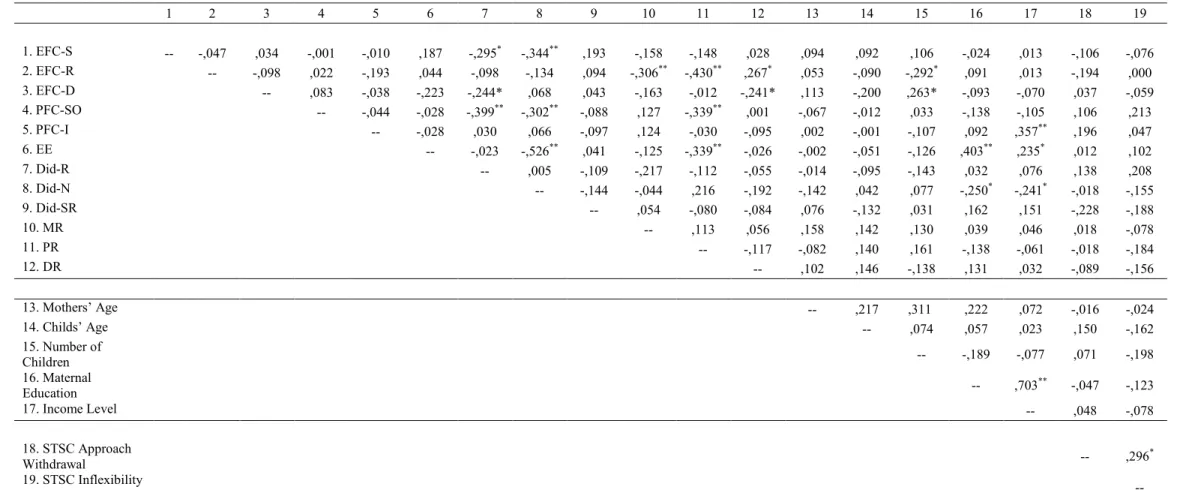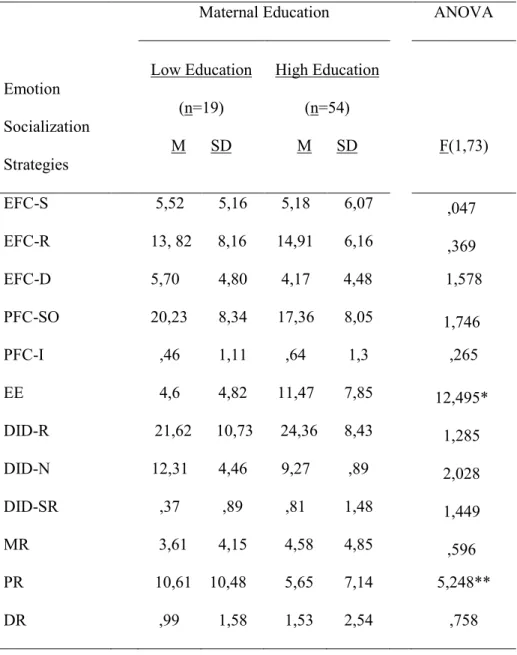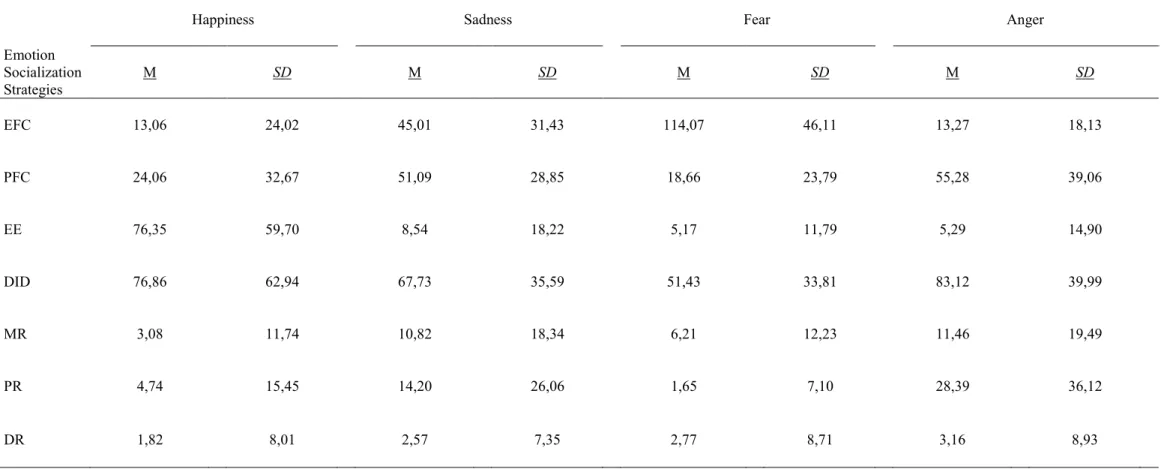Maternal emotion regulation, socio-economic status and social context as predictors of maternal emotion socialization practices
Tam metin
Şekil
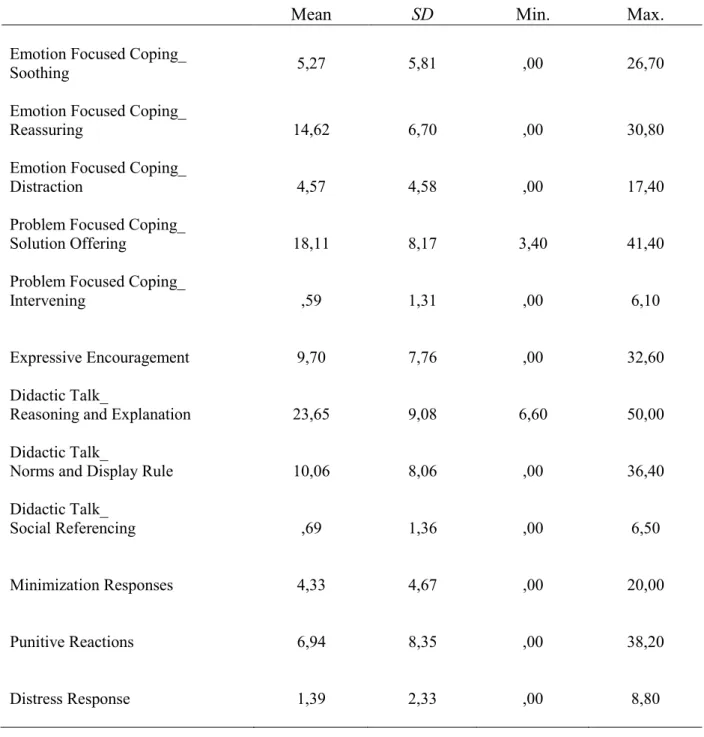
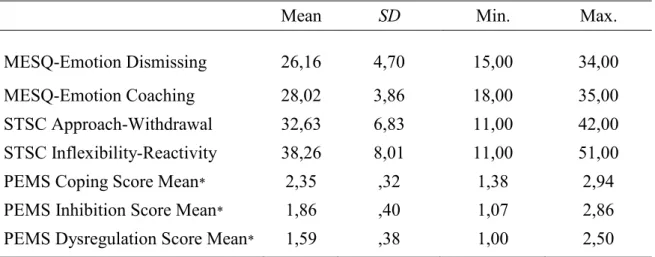


Benzer Belgeler
In addition, in many criminal cases, the time of death, and place of death can be detected by investigating the insects around, in and on the corpse (Forensic
However, it is possible to single out typical grounds for (legislative) restriction of human and citizen rights and freedoms in most constitutions, including the
Within these slow movements, Cittaslow movement guides cities to a development model which offers sustainable regional development with local values, economic,
A reading of Layton’s poetry relating to the Jewish themes brings to light the matrix of Nihilism as was conceived by Nietzsche.. By presenting this aspect in his Jewish poems,
Araştırma- ya dahil edilen yaşlıların yaşadıkları ortamlara göre SF-36 Yaşam Kalitesi Ölçeği alt başlıkları ve Geriatrik Depresyon Ölçeği puan
Değerli okurlarımız, hastanelerde hemşirelik hizmetlerinin geliştirilmesi ve özellikle Psikiyatri hemşireliği eğitimi için yaptıkları ile Türk hemşireleri için bir
VEGF düzeyleri anlamlı şekilde yüksek bulunmuştur. Bu da sigara ve yeni kemik oluşumu arasındaki ilişkiye yardımcı olabilecektir. VEGF ile kemik döngüsünün
Bizim gibi kendinden bahsettirmek fırsatını çok az bulmuş milletlerde Cumhurbaşkanımızın Amerikayı zi yareti, ve bilhassa Washington’da Amerika me bus,
